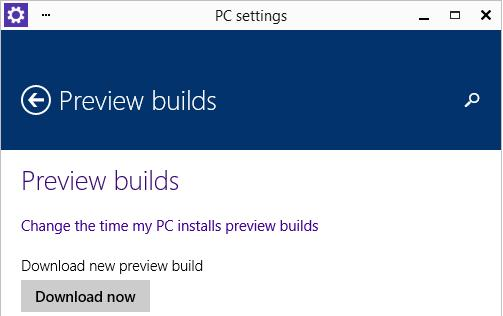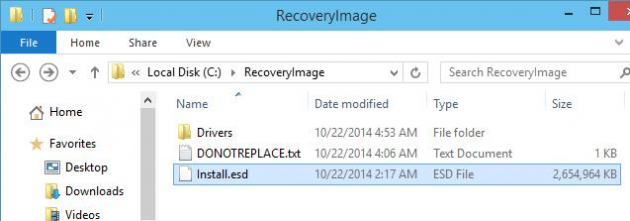Explaining the ESD file format used in Windows
Microsoft have been making changes to how they plan to deliver software. With the extensive online testing of the Windows 10 Technical Edition by over 1 million users, the software company made the switch to require pre-existing software testers with an earlier version of the Windows 10 Technical Edition installed to update online via the Update and Recovery menu system using an Electronic Software Download (ESD) file instead of the typical public ISO image file which could be burned to a DVD.
Starting from Windows 8.1, Microsoft began using a new file format called ESD for installation packages. The ESD file is essentially an encrypted and compressed version of their previous WIM file format (it can actually be decrypted back to a WIM image file). ESD is a Windows imaging file that contains a full copy of the Windows operating system in a protected container. The comparison between a WIM disk image and a ESD install compressed disk image file is that the ESD file is typically approximately 30 percent smaller inside which can make it faster to download and install for updating purposes.
Given that the latest Windows operating system under development is several gigabytes in size, a reduced installation package is likely to be welcomed by Windows users. This also applies for the free upgrades from Windows 8/8.1 which Microsoft plan to offer consumers for the first year of release.
Some users will still prefer to use an ISO image for installation and this is possible presently using decryption software to gain access to the raw WIM disk image file data and re-create the file as an ISO image file for burning to a DVD for installation and storage purposes.


